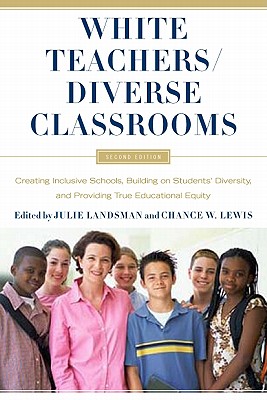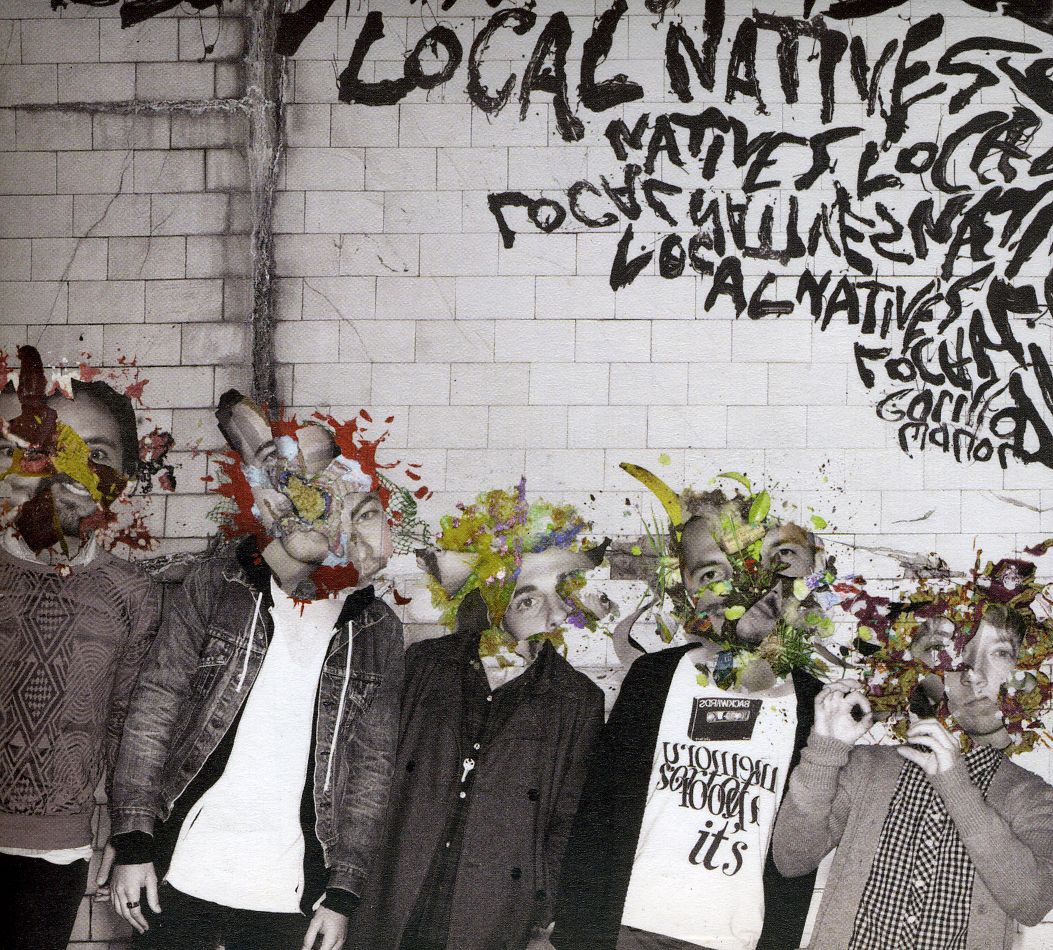
Landsman, Julie
product information
description
8The point of departure for this new edition, as it was for the first, is the unacceptable reality that, for students of color, school is often not a place to learn but a place of low expectations and failure. In urban schools with concentrations of poverty, often fewer than half the ninth graders leave with a high school diploma.
This second edition has been considerably expanded with chapters that illuminate the Asian American, Native American, and Latina/o experience, including that of undocumented students, in our schools. These chapters offer insights into the concerns and issues students bring to the classroom. They also convey the importance for teachers, as they accept difference and develop cultural sensitivity, to see their students as individuals, and avoid generalizations. This need to go beneath the surface is reinforced by a chapter on adopted children, children of mixed race, and "hidden minorities".
White and Black teachers, and teachers of different racial and ethnic origin, here provide the essential theoretical background, and share their experiences, and the approaches they have developed, to create the conditions - in both urban and suburban settings - that enable minority students to succeed.
This book encourages reflection and self-examination, and calls for recognizing and reinforcing students' ability to achieve. It also calls for high expectations for both teachers and students. It demonstrates what it means to recognize often unconscious biases, confront institutional racism where it occurs, surmount stereotyping, adopt culturally relevant teaching, connect with parents and the community, and integrate diversity in all activities.
This book is replete with examples from practice and telling insights that will engage teachers in practice or in service. It should have a place in every classroom in colleges of education and K-12 schools. Its empowering message applies to every teacher working in an educational setting that recogn
This second edition has been considerably expanded with chapters that illuminate the Asian American, Native American, and Latina/o experience, including that of undocumented students, in our schools. These chapters offer insights into the concerns and issues students bring to the classroom. They also convey the importance for teachers, as they accept difference and develop cultural sensitivity, to see their students as individuals, and avoid generalizations. This need to go beneath the surface is reinforced by a chapter on adopted children, children of mixed race, and "hidden minorities".
White and Black teachers, and teachers of different racial and ethnic origin, here provide the essential theoretical background, and share their experiences, and the approaches they have developed, to create the conditions - in both urban and suburban settings - that enable minority students to succeed.
This book encourages reflection and self-examination, and calls for recognizing and reinforcing students' ability to achieve. It also calls for high expectations for both teachers and students. It demonstrates what it means to recognize often unconscious biases, confront institutional racism where it occurs, surmount stereotyping, adopt culturally relevant teaching, connect with parents and the community, and integrate diversity in all activities.
This book is replete with examples from practice and telling insights that will engage teachers in practice or in service. It should have a place in every classroom in colleges of education and K-12 schools. Its empowering message applies to every teacher working in an educational setting that recogn
member goods
No member items were found under this heading.
Return Policy
All sales are final
Shipping
No special shipping considerations available.
Shipping fees determined at checkout.







